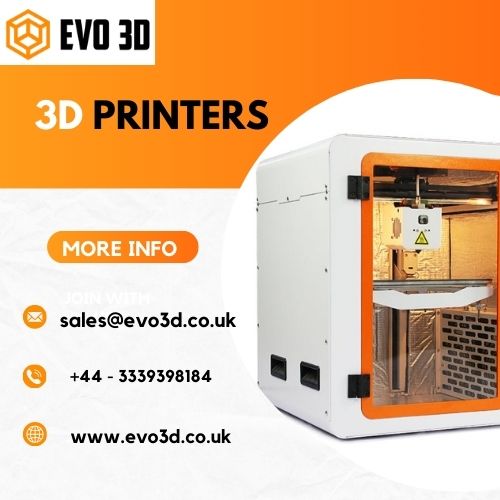Peek 3D Printers for Professionals: A Brief Introduction
PEEK (polyetheretherketone) is used in manufacturing for a variety of reasons. Peek can create parts that are lighter and stronger than stainless steel and aluminum, with exceptionally high resistance to heat, chemicals, and wear. Parts made of this engineering-grade material are found in nearly every industry.
Because of its high strength-to-weight ratio, Peek is prized for producing better-than-metal medical implants and aerospace components. Peek was chosen because it is strong enough to replace metal parts occasionally and is known to withstand the environment in space. In this, blog, we will understand the various aspects and features of peek 3D printers.
It is also ideal for electrical engineering parts because of its electrical insulation properties, and it is widely used in sectors like the oil and gas industry that need long-term resistance to pressure and wear.
Aspects to consider when implementing Peek 3D printing on a large scale
1. Safety: You have to think about things like making sure personal protective equipment, ventilation, and fire safety measures are used and adhered to.
2. Material Costs: The kind and caliber of materials utilized determine the total cost of production. Therefore, it's crucial to choose premium materials that will not only work for your applications but also offer quality and durability. Aeronautical parts, for instance, are commonly made from high-strength polymers.
3. Unibody Parts: Conventional assembly techniques are used in the manufacturing of large objects. However, by printing the items as one solid piece, a large 3D printer can effectively create such items.
4. Design Flexibility: Some geometries, like complex lattice structures and internal channels, might not be able to be produced with conventional manufacturing techniques. However, the only way to accomplish these qualities for large objects, like furniture, is to use massive 3D printers.
5. Printer Costs: Similar to large build volume 3D printers, peek 3D printers are also cost-effective and meet the specific demands of the organization. Your printer, for example, should be able to create everything from functioning prototypes to molds and patterns. Large industrial 3D printer prices vary greatly based on aspects such as size (some are as huge as one cubic meter).
Here are some of the Top Features of the Peek 3D Printers
● Peek printers are also eco-friendly because they feature HEPA filters that capture dangerous vapors and particles.
● They have insulated chambers that prevent heat from the machine from entering your workshop and heating it.
● You do not have to wait an hour or longer to begin printing thanks to its rapid heating chambers, which get the printers ready in less time.
● Peek printers are more affordable because they have two extruders that can print support materials besides Peek. It's also simple to remove, which adds to its ease of use.
● With its built-in filament dryer, your peek material is constantly prepared for use.
● To avoid warping, it also has a regulated cool-down feature.
● Peek printers save time because of their quick print speeds.
● You can constantly watch the print and see if there are any problems thanks to the printer's built-in camera.
● It has power outage protection built in so you can quickly pick up where you left off with your print job.
● Its sensors show you if the printer has enough filament left in it to finish the job. It lessens delays and aids in early alarms.
● It also has sensors to identify the jammed filament so you can be informed without endangering the printer.
In Conclusion,
When you combine the advantages of PEEK with the power of 3D printing, you can create nearly any complex part and customized shape out of a material that can survive the most hostile environments. Thus, Peek 3D printers are the talk of the town.





Comments
Post a Comment